Corsica, the Island of Beauties
Text & Images by MARIE BONNET

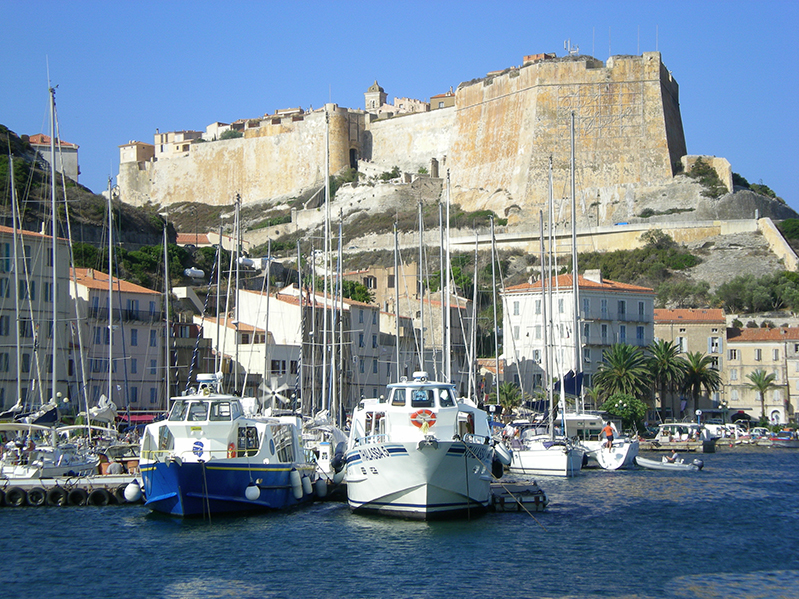
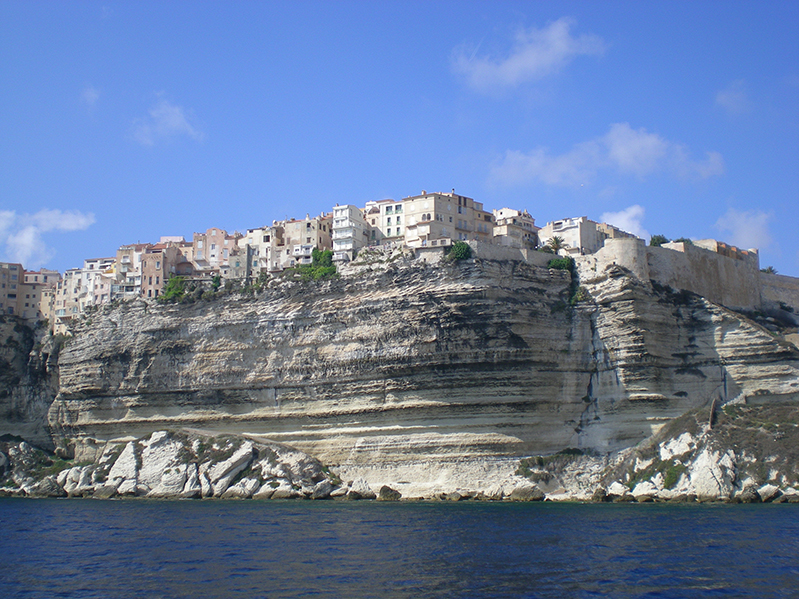
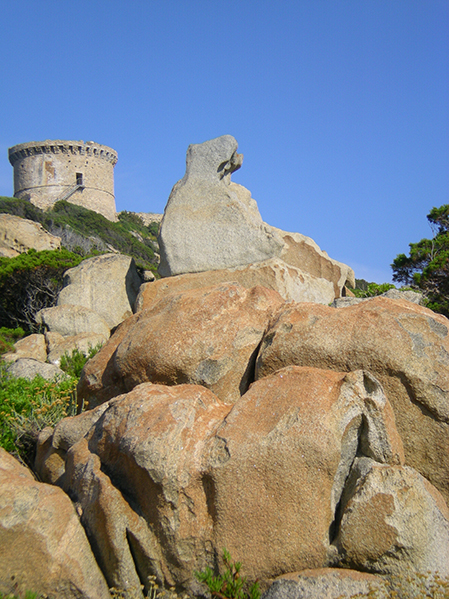
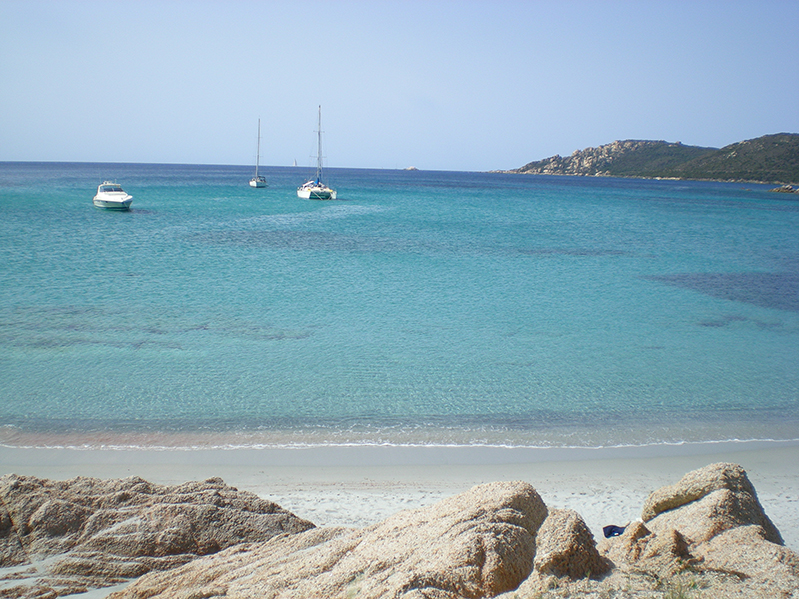
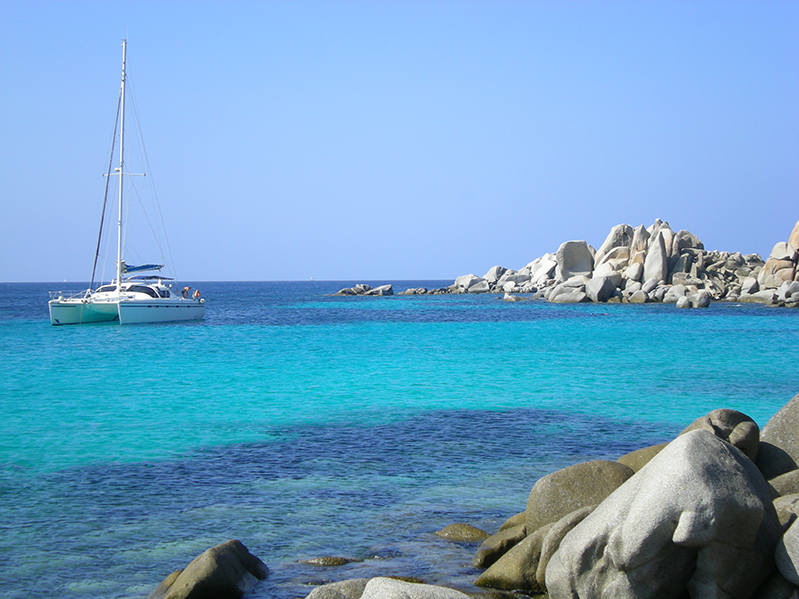




Nestled in the middle of the Mediterranean Sea lies a hidden gem, an island coveted by many different countries since the Middle Ages, a place its inhabitants call “Island of Beauties” for its magnificent landscape and unique coastline.
Corsica has nothing to envy from its Spanish or Italian neighboring islands. As its nickname indicates, it seems that all beauty has converged into Corsica: sandy beaches and little coves with turquoise water, high rocky-mountains and dense forests, olive groves, charming little villages, red rocks, black rocks, white rock cliffs, wineries and, of course, delicious food, especially when it comes to charcuterie. Corsican pigs, raised mostly in the wild, are fed chestnuts which makes their meat very tasty. Wild boar meat, abundant too, is served in stews and casseroles. Other staples of Corsican cuisine are olive oil and cheese, especially the famous Broccius cheese, often served with chestnuts and figs or as yogurt with honey.
Corsica’s history has shaped its culture and architecture into the rich heritage it now offers. It goes as far back as to prehistory. Around 9,000 BC, Mesolithic peoples from Sardinia crossed the Strait of Bonifacio to explore Corsica and exploit the island’s potential for hunting. Once here, they built rudimentary stone structures for shelter, some of which can still be seen today. In the 1st century BC, the island was colonized by the ancient Greeks, and later became a province of the Roman Empire up until the 5th century AD. The roman language became the foundation of the current Corsican dialect.
During the middle age, the state of Pisa took control of Corsica following a long period of invasions from the Moors, who travelled from North Africa to acquire minerals and enslave local people. Legend says that Corsica’s folk would behead invaders and exhibit their heads to scare the attackers, which inspired the black Moor’s head on the Corsican flag still in use today.
In the early 14th century, the Genoese invaded the island and ruled until the 18th century. During this period, the famous Genoese towers were built along the coast of Corsica to protect the island from invaders. Eighty-six of them are still standing today all around Corsica.
In 1755 a Corsican government was established by nationalist leader Pasquale Paoli who ruled for fourteen years while part of the island remained under Genoese control. Eleven years later the Genoese sold their land rights to France which led to a French takeover of the island.
Later that year, the island’s most famous son, Napoleon Bonaparte, was born in the town of Ajaccio. His birth home, located on the Rue Saint Charles, is known as Maison Bonaparte, a three-story structure that remained part of the emperor’s family for over two hundred years, until it was donated to the French government in the 1920’s and later became a national museum.
Fast forwarding to more recent history, Corsica, occupied by Germany during World War II, played an important role in the conclusion of the war. Led by strong groups of resistance, the island managed to regain its freedom before the end of the conflict, and served as the landing point for the allies that would later embark to France on D-day.
Despite heavy destruction during the war, Corsica managed to rebuild its heritage to offer a spectacular experience to its visitors. Breathtaking sites like the city of Bonifacio, a World Heritage lime stone village hanging from the top of a white cliff is a stunning combination of natural beauty, history and architectural delight. The Unesco listed Calanques of Piana is a delight at sunset or sunrise with its bright red cliffs (calanques) that will leave you speechless. The needles of Bavella is a 1,800-metre-high range of rocky peaks blessed with numerous hiking trails that are part of the GR20 footpath which crosses the entire island and is considered as one of the best and most challenging hiking trails in the world.
History and splendorous scenery, what else could you wish for? Corsica— The Island of Beauties— has it all.